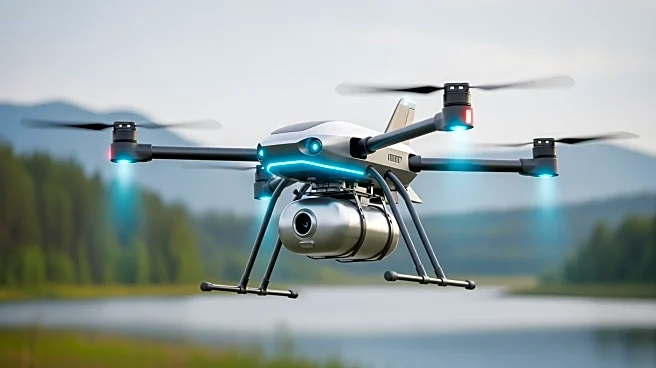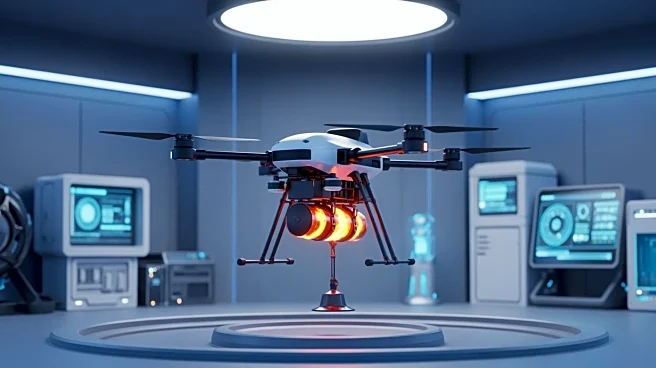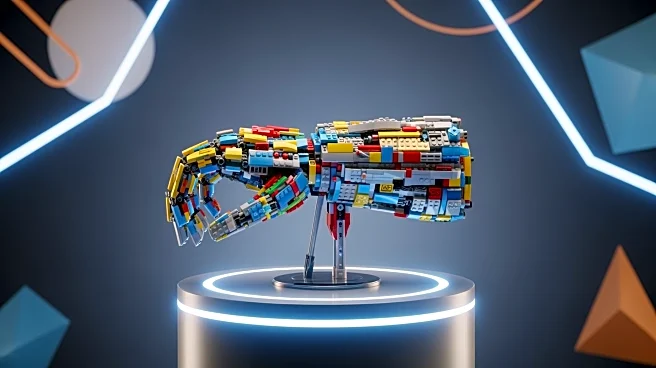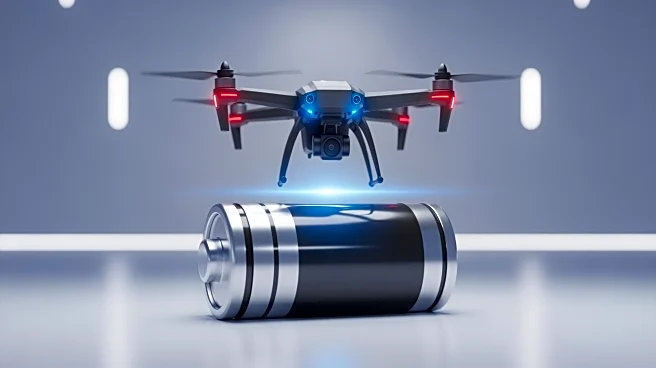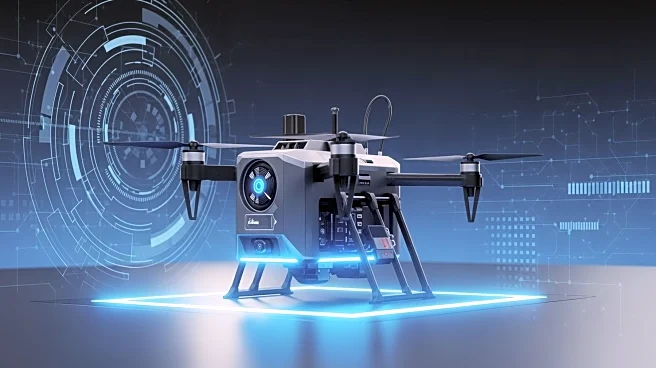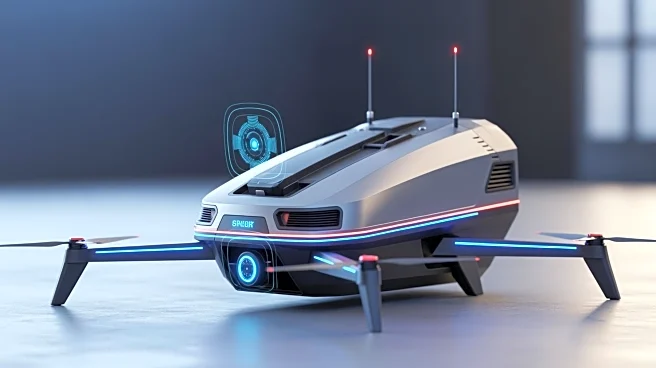What's Happening?
Seneca has emerged from stealth with $60 million in funding to develop autonomous aerial systems for fire suppression. The company aims to extend the reach of firefighters and improve safety in challenging
situations. Seneca's drones use AI to detect and attack fires early, providing new capabilities for fire agencies. The funding will be used to enhance the technology, increase production, and deploy the first systems for the 2026 fire season. Seneca's initiative represents a significant advancement in firefighting technology, offering new solutions for wildfire management.
Why It's Important?
Seneca's development of fire suppression drones highlights the growing importance of unmanned systems in enhancing safety and efficiency in firefighting operations. The drones offer new opportunities for early fire detection and intervention, reducing risks and improving response times. The initiative could lead to improved wildfire management and environmental protection, contributing to better safety and resilience in affected communities. Seneca's approach also underscores the potential for technological innovation to address industry-wide challenges, paving the way for more sustainable and effective firefighting practices.
What's Next?
Following the funding, Seneca may focus on refining the drone systems and expanding their applications in firefighting operations. The initiative could lead to increased investment in unmanned systems and infrastructure, driving growth in the firefighting sector. The development may also prompt regulatory bodies to establish guidelines for drone operations, ensuring safety and compliance. Seneca's collaboration with fire agencies could inspire other companies to explore similar initiatives, fostering innovation and cooperation in firefighting technology.
